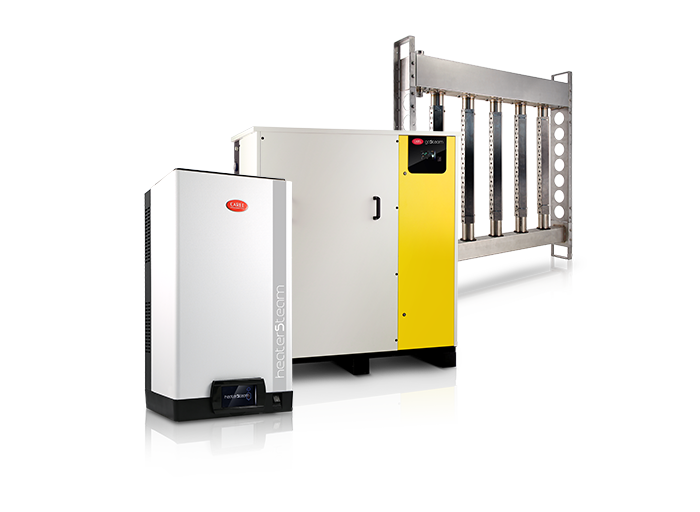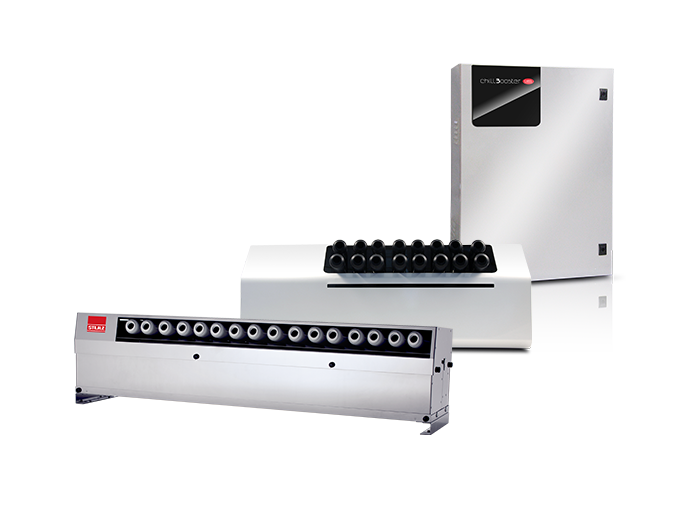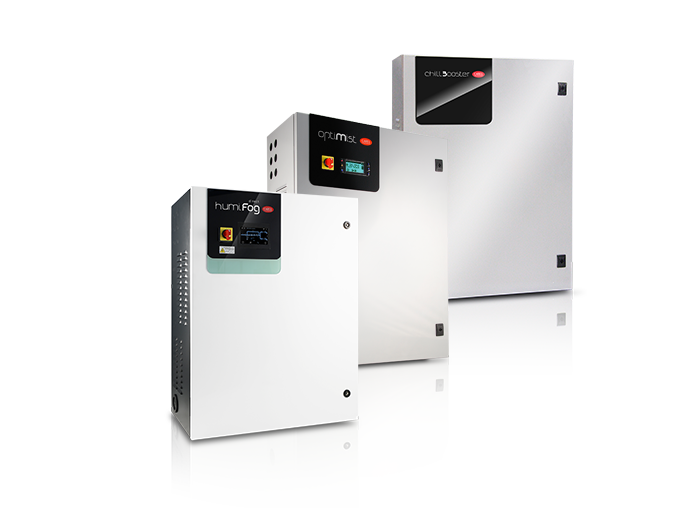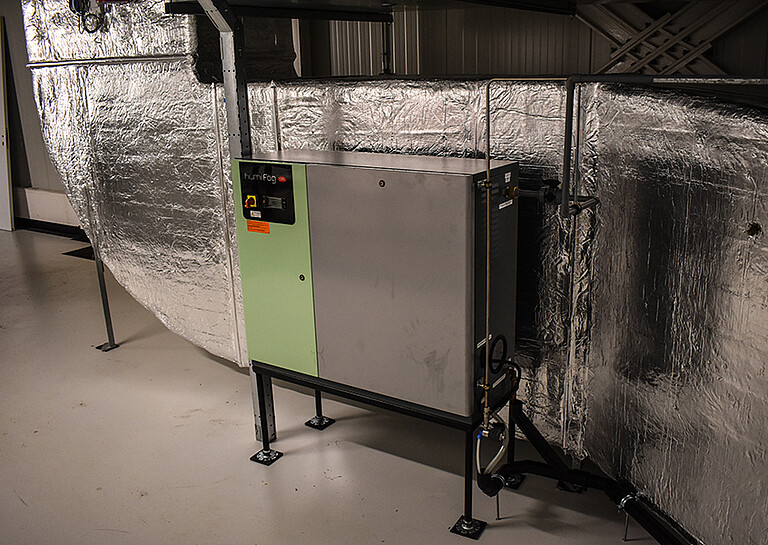Humidification systems for optimum operation and high quality standards
Whether computer room, laboratory, clean room, hospital, office or administration building, STULZ's and CAREL's humidification systems ensure optimum operation and high quality standards. With our wide range of steam and ultrasonic systems, we ensure the highest standards of hygiene and maximum energy efficiency.
Applications
-
Agricultural and Food Industry
-
Cleanrooms
-
Datacenters
-
Industry and process
-
Hospitals
-
Museums, libraries and theatres
-
Painting and coating
-
Printing industry
-
Utility

Isothermal humidification
STULZ is a proud supplier of CAREL isothermal humidification solutions. With our wide range of systems, we ensure the highest energy and comfort standards.

Adiabatic humidification
STULZ is a proud supplier of CAREL adiabatic humidification solutions. With our wide range of systems, we ensure the highest energy and comfort standards.

Adiabatic cooling
STULZ is a proud supplier of CAREL adiabatic cooling solutions. With our wide range of systems, we ensure the highest energy and comfort standards.
More information about humidification
Humidification and a healthy indoor climate
The supply of fresh air from outside via ventilation processes can also affect indoor relative humidity. In winter months, replacing indoor air with outdoor air with low specific humidity and subsequent required heating (without any significant contribution from latent loads indoors) will cause indoor relative humidity to drop to values below 20%rH.
These conditions can lead to situations of discomfort for occupants. In fact, the optimal range of relative humidity for personal comfort is 40% < RH < 60%, which also coincides with the values needed to reduce the spread of viruses (40% < RH < 60%) and those for preventing electrostatic discharges (RH > 35%) and the proliferation of moulds (RH < 80%).
Adequate control of ralative humidity, therefore, besides inhibiting the growth of microbes and bacteria, has the fundamental effect of drastically reducing their contamination potential.
Several studies show that proper humidity control can significantly reduce the number of airborne infections (between 10 and 33% of the total) and thus also the social costs.


